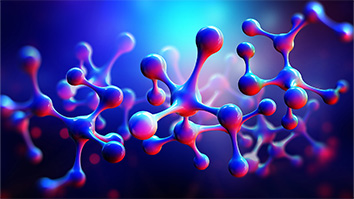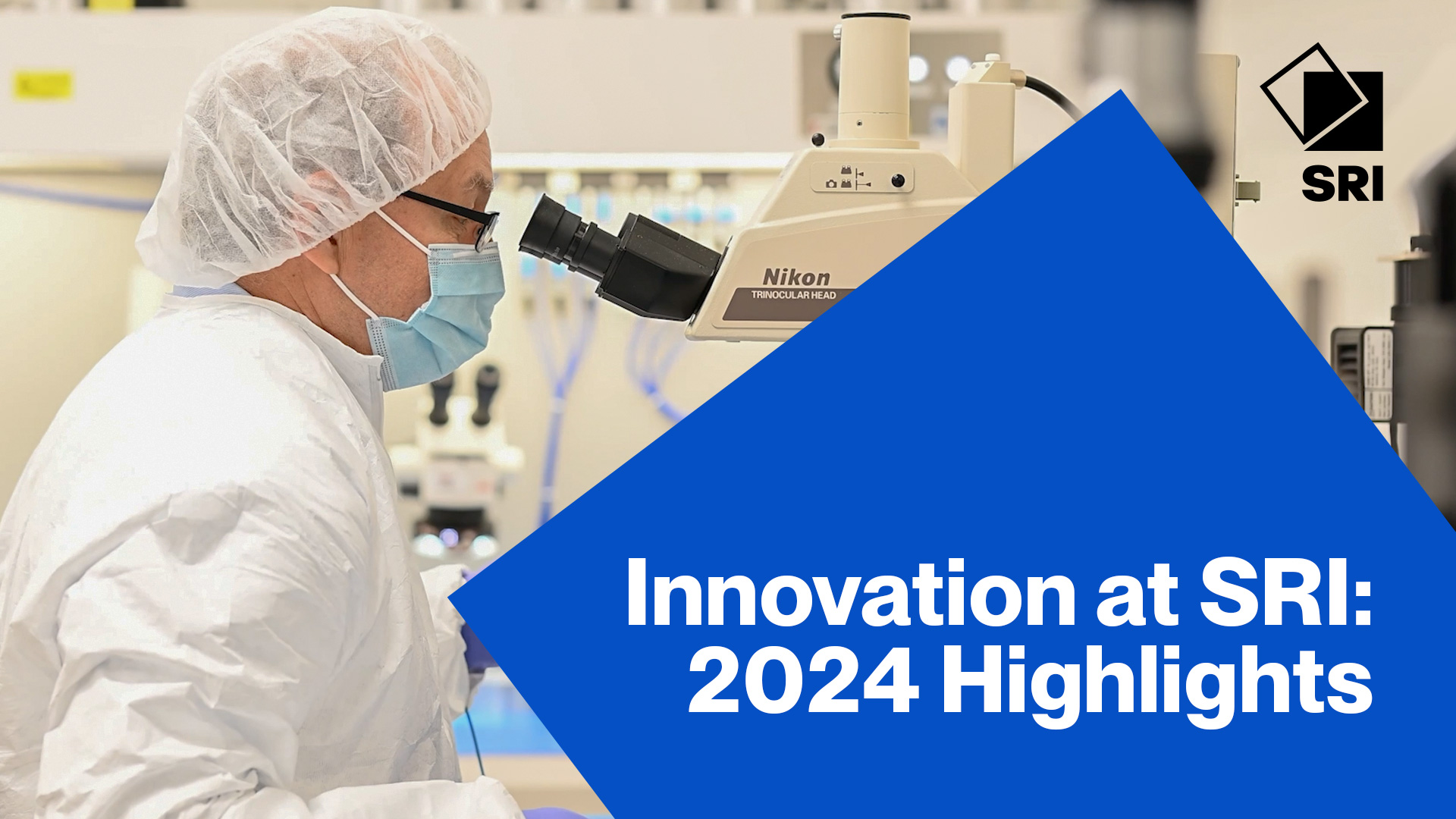Citation
Whiting, G. L.; Ng, T.; Schwartz, D. E.; Krusor, B. S.; Krivacic, B.; Veres, J.; Chow, E.; Lu, J. P. Additive Printing and Assembly for Large Area Electronic Systems. IPrime Annual Meeting 2014.; Minneapolis, MN USA. Date of Talk: 5/28/2014
Abstract
Direct, additive printing of solution-based conductors, semiconductors and dielectrics enables digital fabrication of electronics over large areas at low-cost. Using drop-on-demand ink-jet printing we have developed n- and p-type field-effect transistors (FETs) based on organic materials. Complementary logic circuits such as shift registers and threshold detectors were designed and fabricated based on extracted design rules and models for these FETs. Such circuits, when combined with other printed components including power sources, sensors and memory, can provide the signal processing capabilities for print production of large-area sensing systems, that can address many application areas (such as health monitoring and item tracking). The application space for all-printed electronics however is constrained by device performance due primarily to the properties of solution-processable materials and the length scales accessible using traditional graphics printing techniques for patterning (10s of microns). This makes complex functions such as high-resolution analog-to-digital conversion, general processing and wireless communication difficult with all-printed electronic systems. Hybrid electronic systems which incorporate both printed and discrete Si-CMOS components on a substrate can address this issue in a satisfactory way, since such components can be made very small allowing these rigid parts to be included without significantly impacting the mechanical flexibility of the final device. An example flexible hybrid system that wirelessly transmits data from multiple printed sensors will be described along with the considerations associated with fabrication of such a system (particularly mechanical and electrical interfacing of the printed and microelectronic elements). In addition, in order to bridge the length-scale gap between typical printing systems and high performance electronic devices we have developed a system of mesoscale assembly for arbitrary patterning of microelectronic components. Taking inspiration from xerography (where large numbers of micron-sized toner particles are assembled electostatically), a method of programmable assembly of pre-fabricated microchips using electric fields will be described. Here, small silicon pieces (100s of microns in size) are fabricated and formulated into a solution-based ink. The chips are pre-treated to bear a pattern of electric charge, so that they respond to dynamic electric fields which are used to freely orient and transport them into position with micron-level accuracy. Once correctly assembled, the chips are then transferred and fixed to a final substrate, and interconnections are made. Such a system should enable a digital, print-like method of assembling and integrating high-performance electronics over large areas.


